Fujifilm has just announced its smallest and lightest medium format camera yet, the GFX100RF, in the heart of Prague, and we couldn’t miss it. What are our first impressions? Does it hold up to expectations? Or does it exceed them? In short, yes. But you’re not here for the short version, are you
Truly Small, Truly Light
When I say small and light, I mean it. The camera is lighter than the GFX 50R and even the X-T5 bundled with the XF 16-50mm lens. In terms of the thickness of the body, I’d maybe compare the feel to that of the X-Pro lineup. It simply felt great in hand—unobtrusive, comfortable. Keep in mind I’ve been an X-Pro shooter ever since the first one came out, so I’ve never really needed DSLR-style deep grips, which you will not find on rangefinder-style cameras such as this one.
Many of the controls have returned, including the fan-favorite shutter speed dial with the built-in ISO dial. It is the same mechanism as the one on the X100V, but since the new GFX sensor goes down to ISO 80, there wasn’t enough room for the higher 10,000 and 12,800 values. For those, you’ll have to use the “C” position and select them using one of your set dials. The aperture ring works just as we’ve known since the original X100, with a slight change to the “handles.” They are more pronounced and round this time around compared to the flat, slim ones of the X100 series.
The GFX100RF does bring some new and well-thought-through ergonomic choices to the table. A prominent feature on the front of the body is the cylindrical group of rockers and dials, each with its specific purpose. Up top, we find a very tactile On/Off switch. Right below the switch, there is your standard front command dial, which can be used to adjust whichever feature you tell it to via your custom dial settings. It is considerably wider than the usual Fujifilm dials and feels nice to use. The lowest position is occupied by a rocker used to change focal length via a digital crop.
Last but not least is the side-to-side rocker used to change aspect ratio preview and view mode.
The whole body of the camera feels premium and well-made with precision. The top cover is made from a single block of aluminum, making the edges sharp and the buttons flush and precisely fitting.
A Different Aspect
One of the most exciting features is the new dial on the back of the body dedicated to aspect ratios. From your standard 4:3, 3:2, 1:2, or 16:9, we also get the options of 3:4, 65:24, and beautiful 17:6. The last two were inspired by analog panoramic cameras such as the legendary Fujifilm TX-1/TX-2 (also known as Hasselblad XPan and XPan II) or the medium format Fujifilm GX617. These can be shot in a single frame with no panning needed, with approximately 50 megapixels of resolution. Such a long and narrow frame makes you look at the world around you differently, in an entirely new light, and with much excitement. I feel that if I happened to own the GFX100RF, the dial would most likely live at the 17:6 position.
Not the Brightest
The camera is small mainly due to the fact that the lens is fixed to the body with no possibility of changing it. This allowed Fujifilm to create an optical design capable of sitting close to the sensor, saving precious space in the bag. Compact size does come at a cost, however. The built-in 35mm lens (28mm in full frame terms) has its brightest aperture limited to f/4—not much of an issue for daytime photography. The depth of field is still very lovely given the sheer size of the sensor. Once the light goes down, though, you may find yourself a bit limited. There were moments when I was already at a maximum ISO of 12,800, and the shutter speed started approaching sub-1/50 s lengths. Hard to hold still at 102 megapixels with stabilization already, let alone without it, as this camera lacks both IBIS and OIS.
Images First
Yes, there is a microphone input and a headphone output on the camera, but this is a stills camera first. Once you get used to the new options, it handles just like any other Fujifilm camera. I felt right at home with it.
As mentioned above, the GFX100RF uses the same second-generation 102-megapixel CMOS sensor introduced with the release of the GFX100 II camera a few years back. It is an absolutely brilliant sensor with near-unmatched resolving capability, fast phase-detection autofocus, and decent shutter rates. That is one of the main reasons why Fujifilm can afford both digital teleconverter mode as well as custom aspect ratio crops at the same time.
The dynamic range is already well-documented to be amazing, the grain at higher ISO values is very well-managed, and sharpness is what we’ve all come to expect from a medium format camera—uncompromising.
What I Liked
- Compact body
- Lightweight
- Precisely crafted
- Tactile controls
- Aspect ratio dial
- Reworked front controls
- Dual SD card slot
- Large battery
- Leaf shutter
- Tilting screen
- Stellar image quality
- Reliable autofocus
- Crisp viewfinder
What I Disliked
- The smaller f/4 aperture (but I get the size-saving necessity)
- The aspect ratio dial needs to have JPEG files enabled
A Complete Package
I’m not entirely sure I’d use it as a wedding camera, for example, due to the smaller f/4 aperture during the evening party. But up until then, it seems like the obvious choice. As a street and documentary photographer, I feel it fits such a purpose perfectly. Autofocus is fast enough for most uses, tracking seems reliable (in the few short hours of testing), and the colors produced are simply stunning.
Bundle it up with a beautiful body, dual SD card slot, NP-W235 battery with a long battery life, a fast and crisp electronic viewfinder, tilting rear LCD screen, or the threaded shutter button, and you may just have the winner of the perfect “always on you” camera. Now if you’ll excuse me, I’ll go look at my finances, because the 17:6 aspect ratio has me obsessively hooked.
Samples
Taken in the short time I had with the Fujifilm GFX100RF.
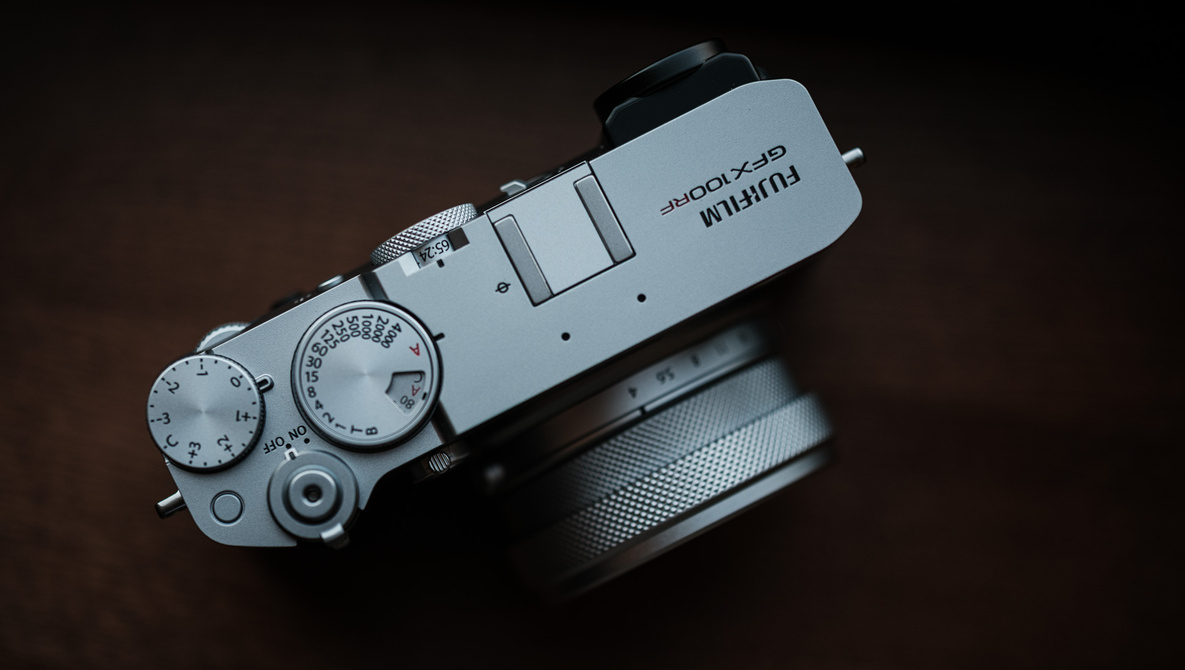

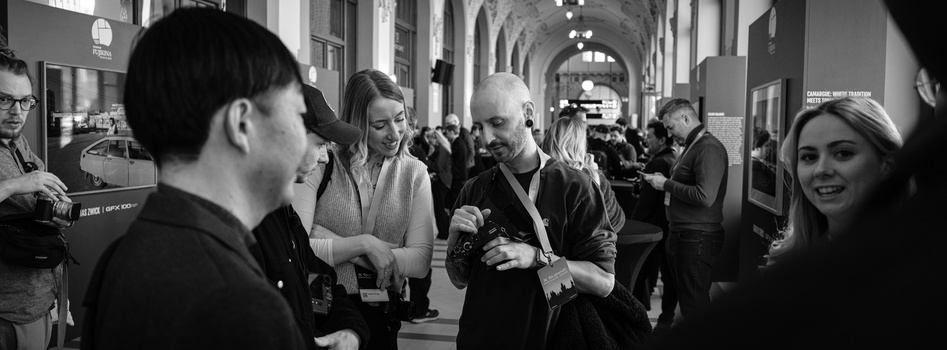
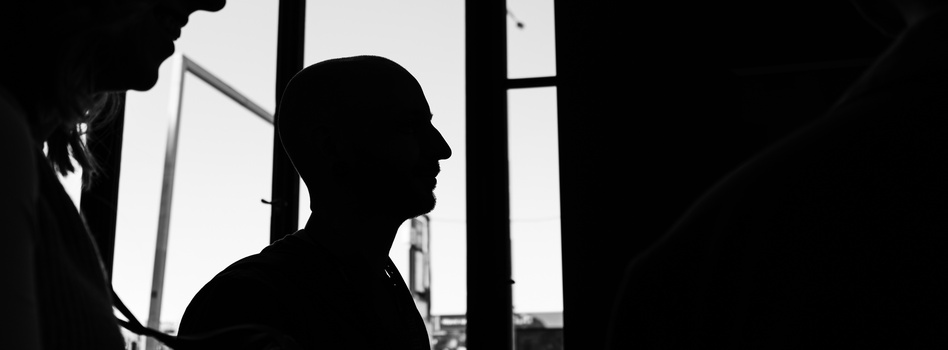
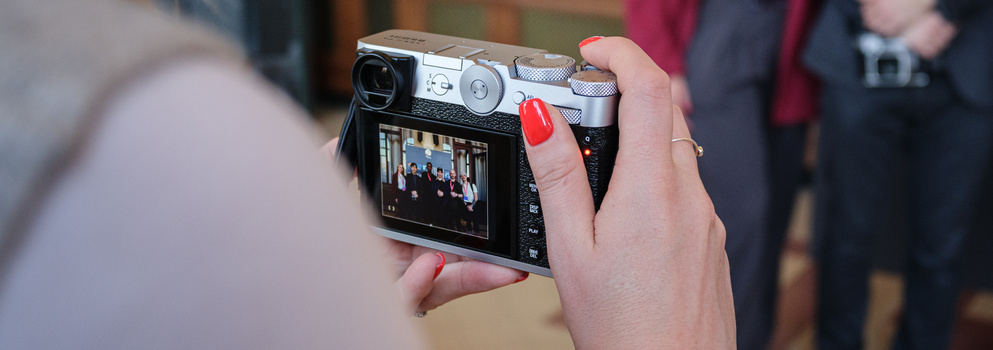
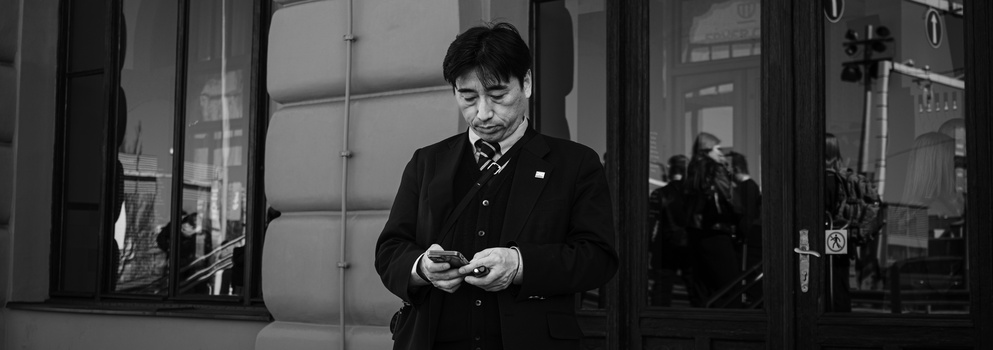
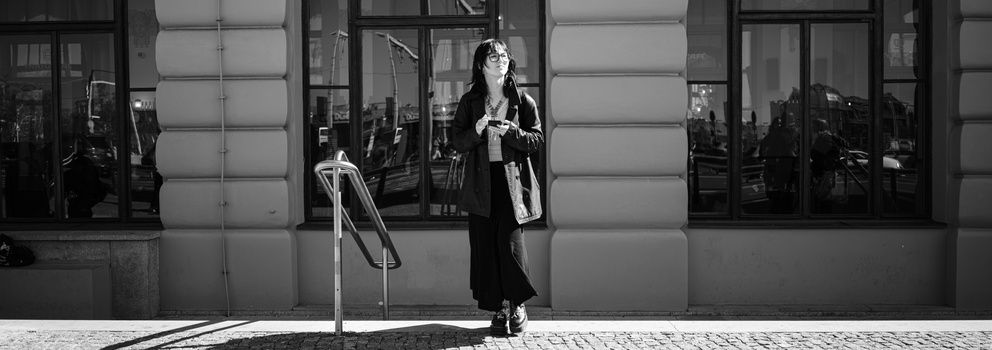



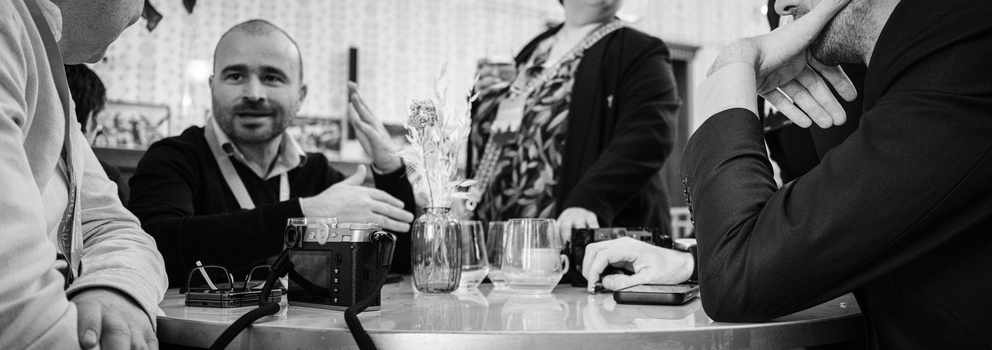

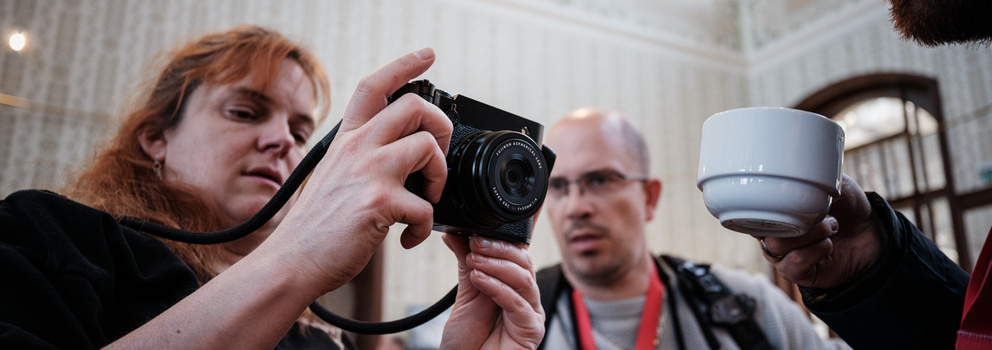




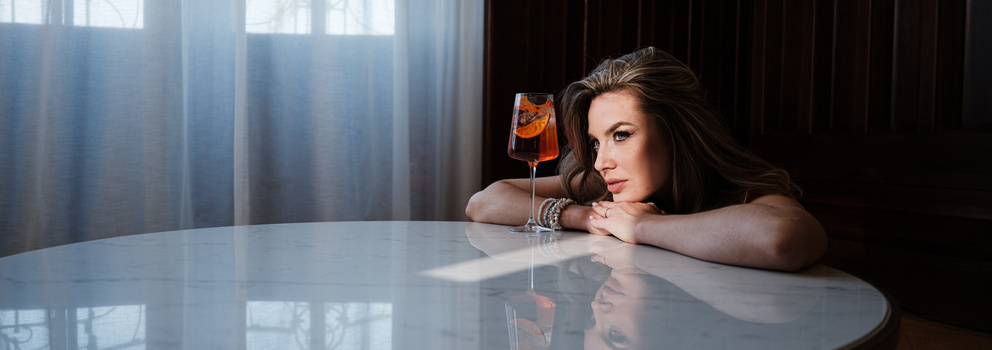
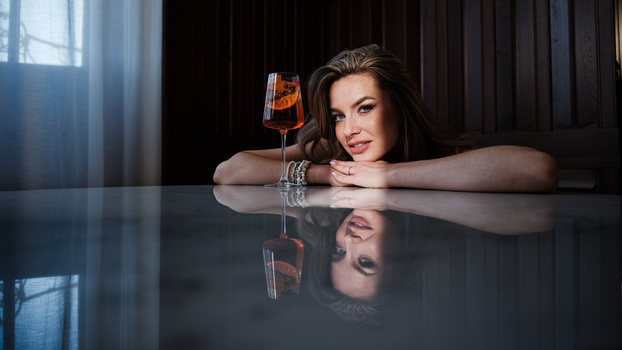

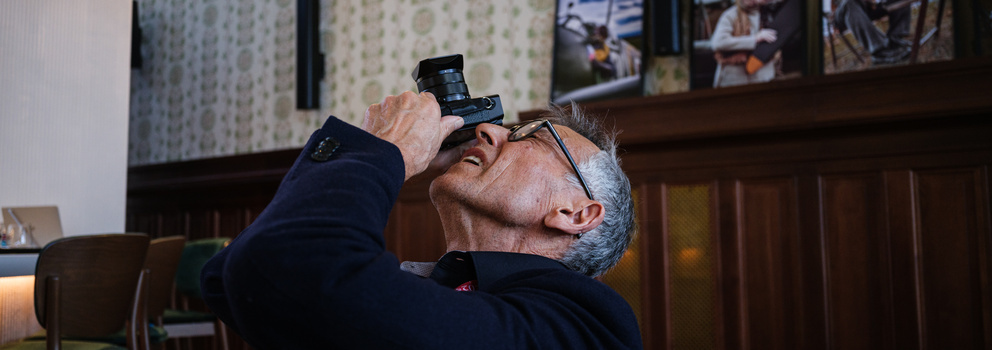






Such a pity about the lack of IBIS. I have shaky hands, so this is a deal breaker for me.
I love that manufacturers are taking this route of making what are essentially professional compact cameras. Personally I would love one with a Nikon interface... as this would save me having to switch controls continually (having done this in the past, its a real pain). Thing missing - for sure IBIS - and then also the F/4 lens. I have seen some fairly compact f/1.8 lenses, so not sure I fully see the need for the f/4 choice, perhaps its then this combined with the larger sensor...
It would be kind of frustrating to carry a medium-format camera without being able to get less depth of field than a full frame + f/2.8 gear. If it had a f/2.0 lens, IBIS and OS, this would be a truly amazing camera.
I would defend Fuji on this one. Let's look at your points that you made. If it was 2.8 it would be a lot heavier. You cannot make a 2.8 lens light. The lack of ibis is not a dealbreaker. We survived without ibis for a very long time and I've even turned off on my GFX cameras and had no problems at all. I could shoot down to about 30th of a second with no IBIS and still get a sharp image and that's with 100 megapixel GFX. This is not a designed for portrait bokeh monster ...ITS not that camera. It's a life moment capturing camera and just a beautiful expensive travel street camera. I don't think it's pretending to be anything else and if it's not your camera that's okay but let's not bag up for what it's not. Let's actually embrace it for what it is. it is gonna take beautiful photos and I think that's something that people forget and yes you can still shoot a 30th of a second handheld with a medium format camera with no ibis.
I understand your point. But I really think a camera like this should offer something truly unique, like its price range and its sensor format suggests. I mean besides the Fuji package, which I think is awesome. I'm not saying it's a bad camera, I'm not saying I wouldn't be tempted to have one if I could. It's an inspiring gear with premium quality, which will lead to very nice photos. But I still think there's a missed opportunity here. Huge aperture is welcome way beyond portraits. It could be a low light, bokeh and sharpness wonder, like no other. Even if it would be heavier. They could, for instance, offer two lens options, one lighter and the other heavier.
It does offer you something unique. It offers you medium format in a compact size. I don't think anyone's buying this camera for the bokeh .... you simply couldn't put a 1.7 lens on it. It would be too heavy and that would make the camera front heavy and not fun to carry around. If you want to shoot portraits then you get a portrait lens and put it on your GFX, which is what I do I've got a medium format camera in fact I've got two of them and I can see why they went this way. This is kind of an all round camera that you can use for a bit of everything but doesn't necessarily specialise in one are. The last point you made about offering a heavy lens. I think that then takes away from the portability of it.
All fair points but compact is king ....travel and weekend pick up camera. Bulky big cameras deter people from just pick n' shoot. I have two big GFX camerss for my work ...however i lobe my small fuji for fun and weekends.
Its simply a size and ergonomics thing
This camera isnt tiny but its compact enough. I reckon that and exscuse the pun war the focus of this model. F4 ISNT an issue. No ibis isnt an issue.
Do i want to buy it ...no
Why ....it doesnt fit my flow but i still think it makes a great camera.
Filmmakers survived without IBIS and autofocus for well over a century but you'd think the way a lot of people are now, they'd be totally lost without both. I do have to admit IBIS is useful when I take photographs with a longer focal length but I'm merely just taking advantage of the fact my camera has IBIS.
This is one of the dumbest posts defending Fuji's many screwups. The GFX100RF is a $5,000 camera, and its body is far from compact so smaller f4 lens will not make it miraculously smaller and fit in your cargo pocket pants. Pairing an f/4 lens with a 100-megapixel sensor and no IBIS is a triple failure—slow glass, ultra-high resolution, and no stabilization. This isn’t 1943—IBIS is a crucial feature. If you prefer a camera without modern tech, you might as well go back to a Mamiya body.
I'm not defending them at all. I just actually think it's a great achievement to put medium format in a size like that that weighs less than 800 g it will take amazing images. You could easily say it's a failure but I actually think it's a major achievement and a big step forward. It actually still has a lot of modern tech in it but you're not saying that for some reason you've woken up angry but that's okay. It's a great achievement for a medium format to be so small and compact and like I said in my other reply is that we don't need ibis.
Ok, Nev. But what's the big deal anyway of having a medium format sensor with you if you could take that exact same picture with a full frame camera and any prime f/2.8 (or brighter) lens? I mean, besides having more pixels of course. The Leica Q3, for example, is even more compact, has 60MP and offers a f/1.7 lens. Same price range. I would easily trade that extra resolution for this way brighter lens.
I mean... Let's unravel what makes a medium format sensor image unique? As I understand, the major one is its sharpness (due to larger sensor area and larger lens area) and then the easily-obtained shallower depth of field, due to larger absolute apertures on lenses of the same apparent field of view as full frame. I don't know if you have anything else to add to the "medium format magic feel", but as far as I know that's it. So, when you throw a f/4 lens on a medium format camera because it HAS to be compact, you kill one of its big unique virtues. You only stay with sharpness. Which in low light/high ISO can quickly be ruined.
It looks a very interesting camera. Let’s remember cameras like this are more specialised and not a genetic do it all. For landscape on a tripod lack of IBIS and f4 is not a problem. Even in a studio setting the same applies. It’s a camera designed for specifics. Those wanting f1.2 should just look elsewhere as this camera is not for them. I think this could well have a big following if the price is right.
IMO I think the crop modes are a slight red herring. Ok you see in camera what if will look like but I imagine the type of shooter this is aimed at will do some post processing. The other thing I doubt is its use for street photography! With so many smaller cheaper more versatile options out there what street photographer would shoot with this 102MP monster given its £4.5K price tag, which given its spec is really not too bad.
I'm not going to buy this camera but I respect that the fact that they did something different and it's another camera in the GFX line. I actually think this will cause people to look at the GFX 50 R and people use that camera for a very long time with no ibis and took some amazing images with it and I've been able to get down to a 30th of a second with no ibis no problem. The F4 is 3.1. Let's remember that so you're still gonna be able to get some bokeh if you want it.
I applaud Fuji for pushing MF ever more into the mainstream. Love the look and the size.
But if I am laying out 5K today I would want f2.8, IBIS and maybe a slightly deeper grip.
Further down the road they could do a RFII with f2.8/IBIS etc. for this pricepoint and drop the RF down 1000-1500 in price.
An RFII with that spec would be very interesting (for me at least) and I would be willing to bite.
Currently I would probably buy a backup z9 body or a 35mm f1.2+plane ticket to an island trip.
exactly. anyone defending this $5000 screwup should get their head checked.
A fixed lens for this high end camera???...sorry, what are the Fuji designers thinking ???...it makes no sense to me...I did own a Fuji GSW 690 with a 65mm fixed lens a few years ago, but that was given to me by my father...great for group shots, architecture and landscape but limited because of a fixed lens...the same critique applies to the Leica Q models...
That`s the beauty of this system. There are still the GFX100II and the GFX100S II available, both with the ability to change lenses. Fujifilm has multiple options for everyone ;)
The high resolution + relatively slow lens (f:4) + no IBIS makes this camera limited for hand-held photography. I suspect it will produce lots of very high resolution files with camera shake.
I do not believe making the lens like a pancake was at all a necessity, I believe but was more Fuji marketing that would not have mattered to 90 percent of people interested in this camera. A slighting longer lens with an 2 or 2.5 35mm equivalent would have been better and probably would have given an even better image from this incredibly powerful sensor.
Many reviewers are downplaying the lack of stabilization, and at the same time they all know there will be stabilization in the RFii which will come out in a few years, probably early in 2028. Things all part of the usual plan of the very quirky Fujifilm to do this odd set up with bare bones and add more so they can sell the next iteration.
I love a lot of what Fuji did here with the RF, and I give Fuji tons of credit for following through on making the world’s first compact fixed mirrorless larger formats camera, huge props. However, the attempt to make this thing look identical to the x100 series seems a bit misguided. I do not believe anything GFX should require a direct association with X, and I think this approach comes with limitations in creating a more unique and superior product. Maybe this argument is not strong, but it’s just how I feel and I know I’m not alone in this. Fuji c is a completely different market, the vast majority of X users will have no interest in going larger formst. Furthermore, I believe Fuji has made it more difficult with this approach to compete with the Leica W series. But again, that’s of course my opinion, though again, I am not alone.
I do not understand why Fuji never advertise their leaf shutter and its sync speed benefit. One can't really shoot this image without that high sync speed.
I like the concept due to its size, wide angle lens, sensor and I even like the look. I shoot a lot in low light, sometimes without a tripod, and didn't seem to have too many issues shooting handheld when using the Hasselblad X1D, Leica M6 and others; just shoot more frames and play the percentages...
Anyway, I would like to know if anyone else has tested the 100RF at slow shutters speeds? I recently did a test of the RF at shutter speeds ranging from 1/8 to 1/30th of a sec. I did the same with my GFX 100S2 with IBIS turned off. Using the S2, one in three files were sharp at 1/8th and by 1/30th all frames were sharp (I do have a steady hand). I had no success at all with the RF at 1/8, and even at 1/30th the files were nowhere near as sharp as the 100S2! Apparently the leaf shutter reduces shake resulting in sharper images than those produced by other GFX cameras when hand held. Did I test a dud, just have bad luck, or had too many coffees that day? Am I missing something in my understanding of the functionality of the RF?
I'd appreciate any thoughts.